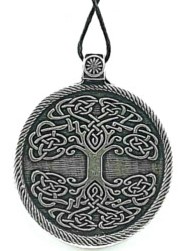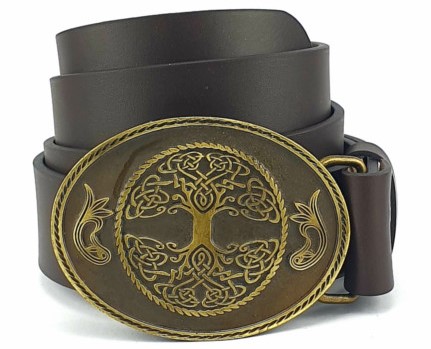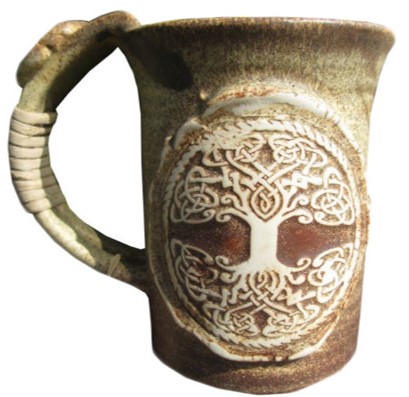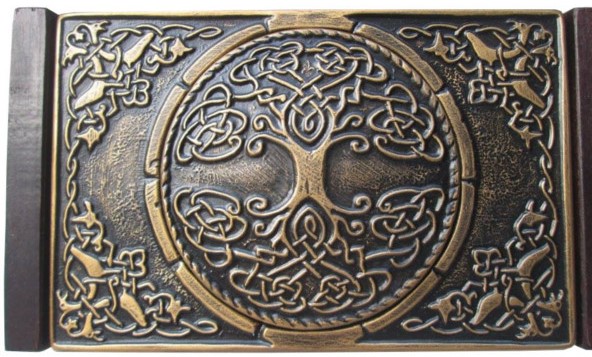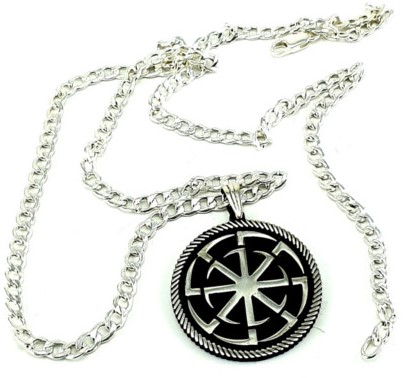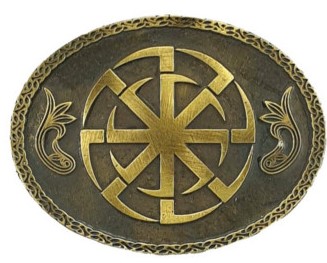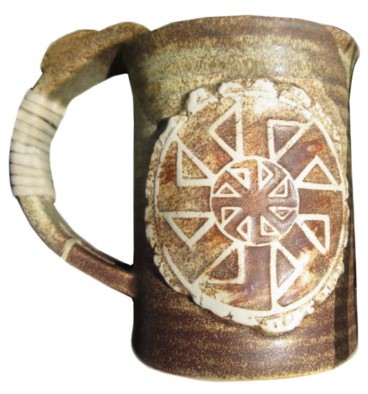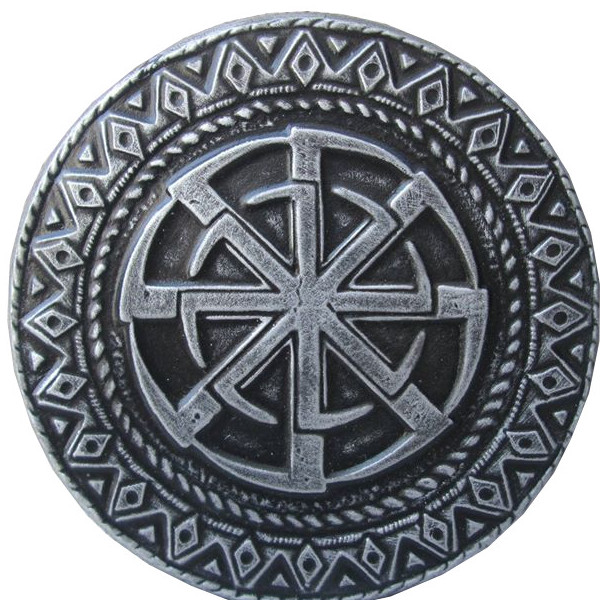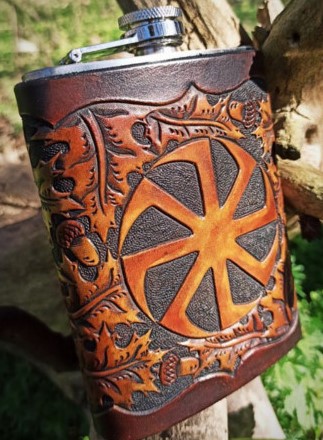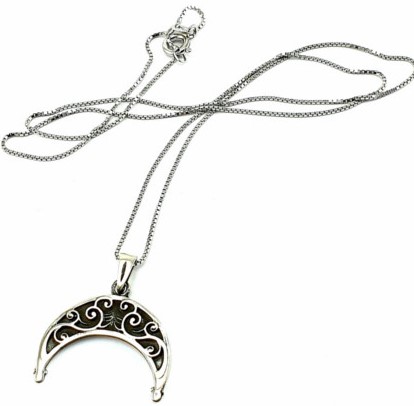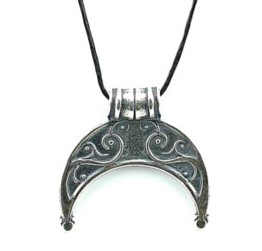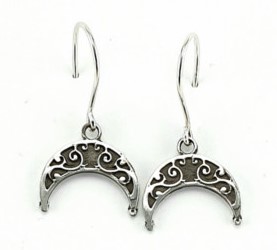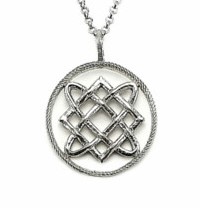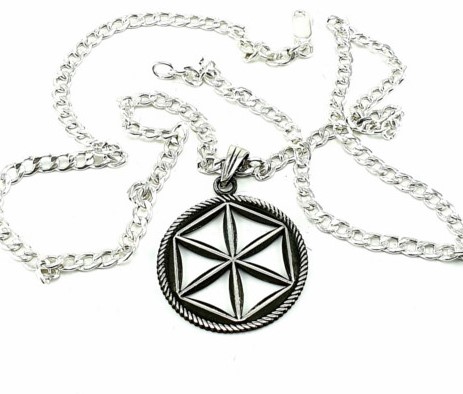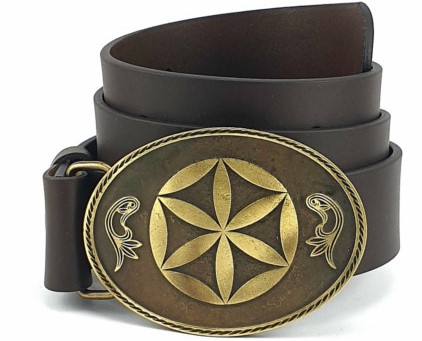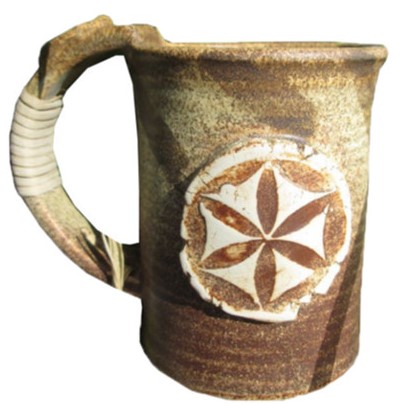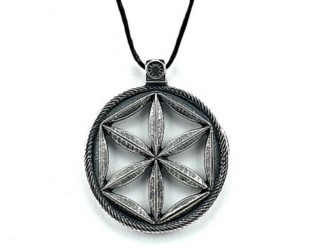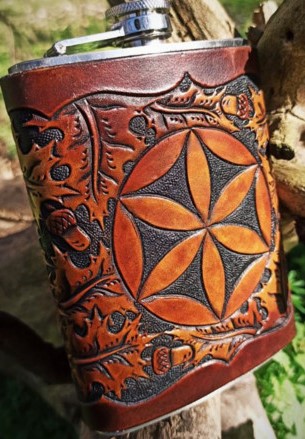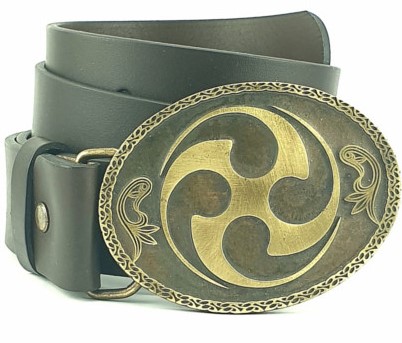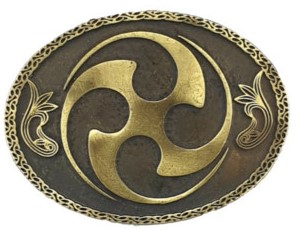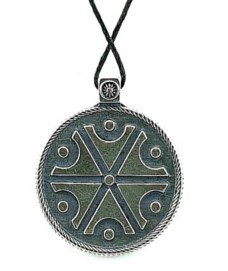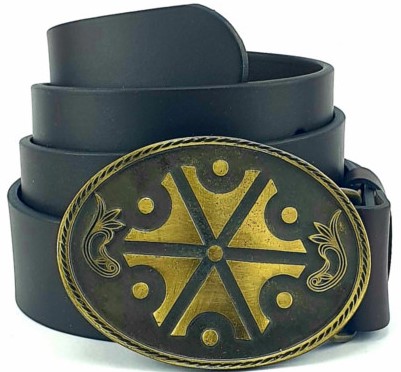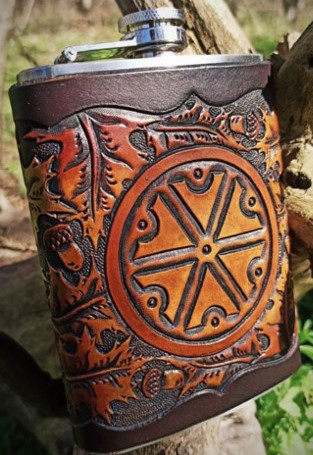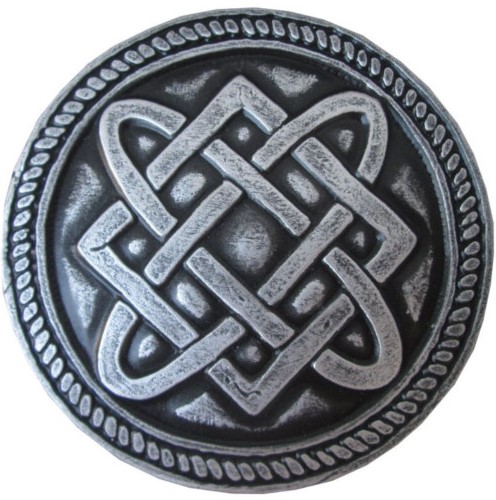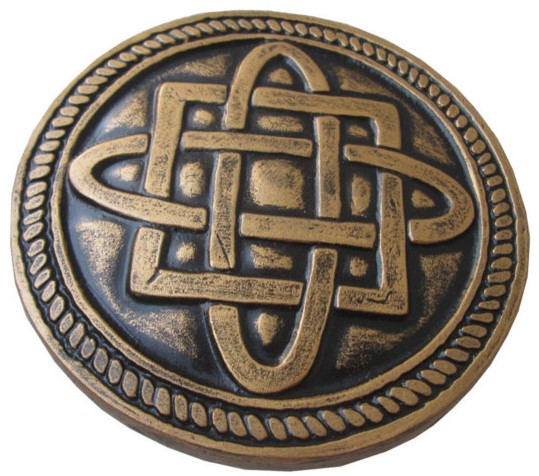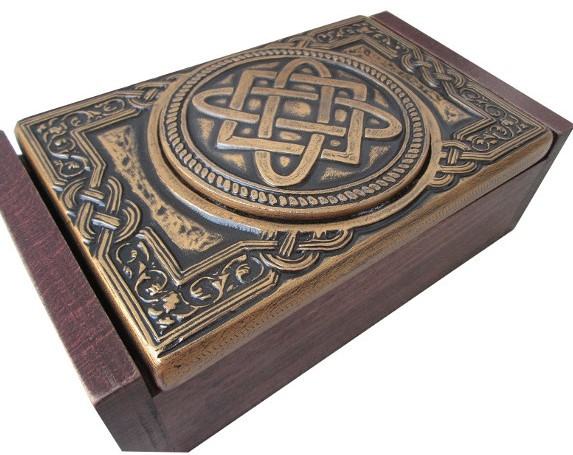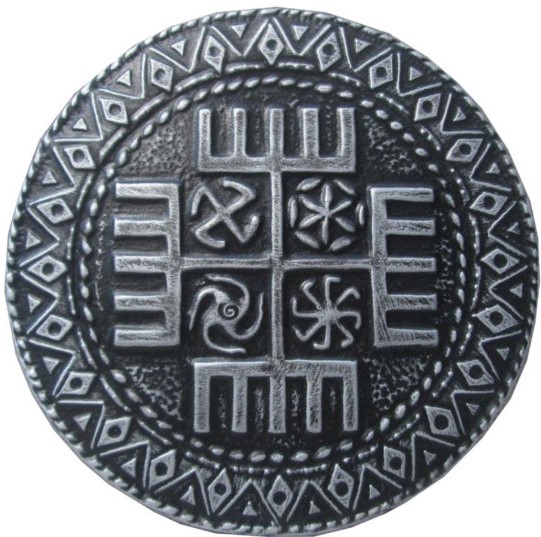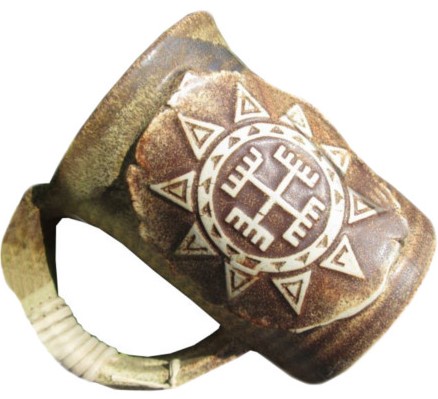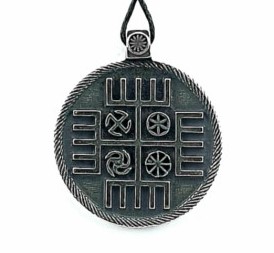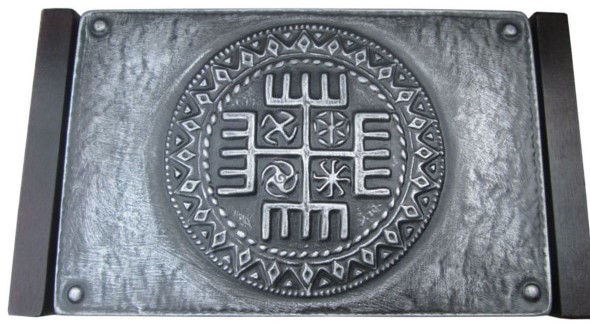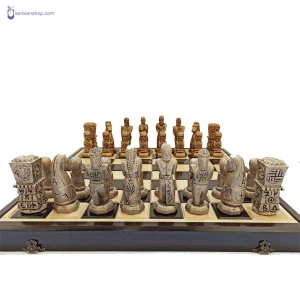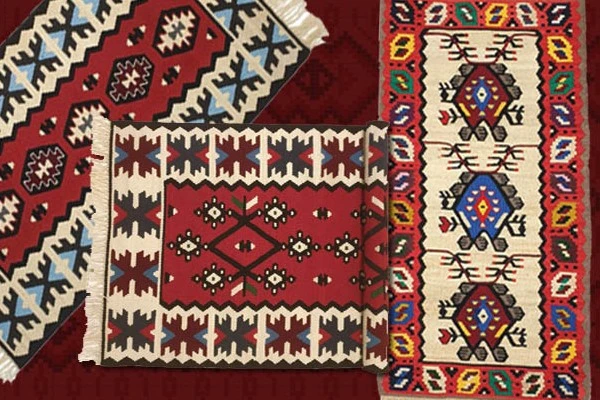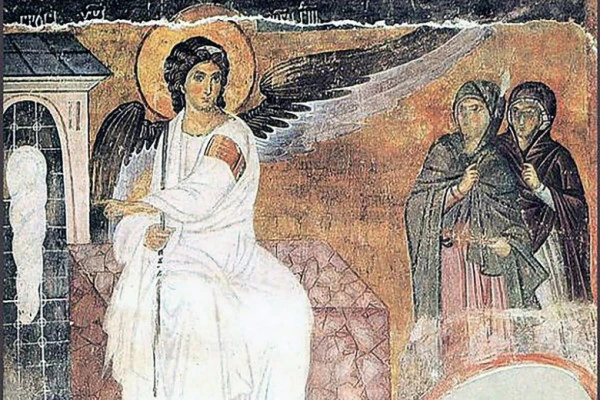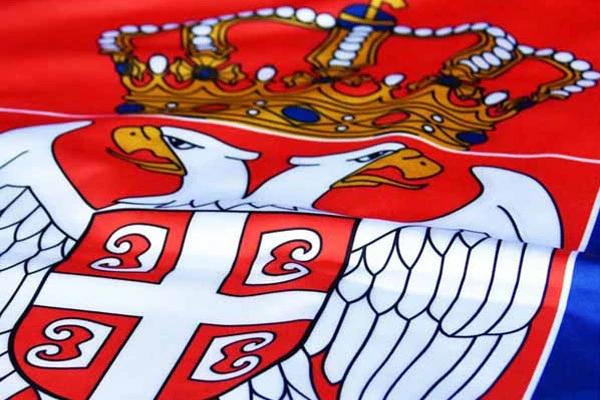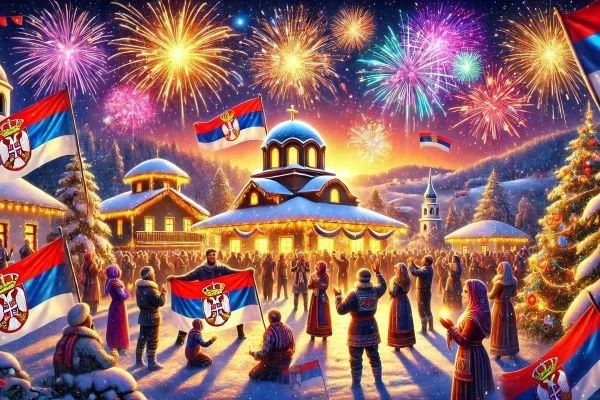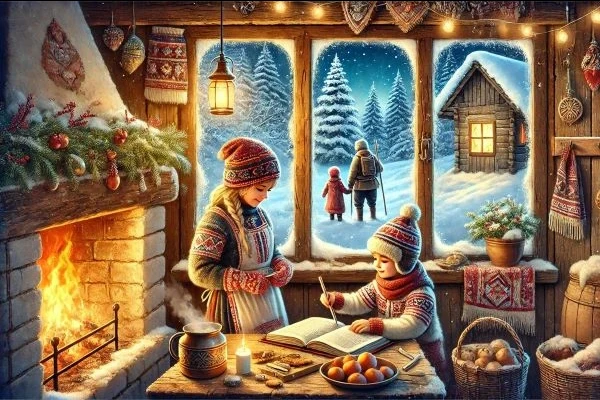SYMBOLS OF THE OLD SLAVS - SLAVIC MYTHOLOGY
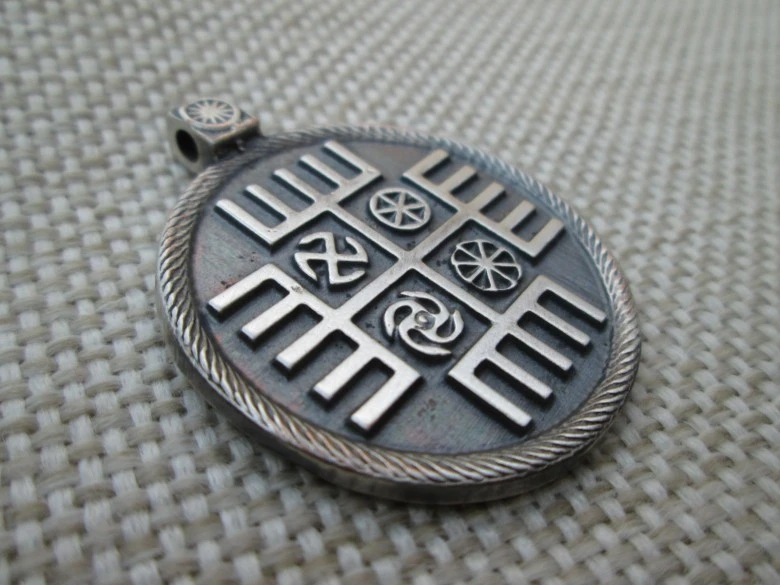
Due to the few material remains and scarce written source, the beliefs of the ancient Slavs are still insufficiently explored and reconstructed, especially among the Southern Slavs, and therefore also among the Serbs. However, thanks to the folk tradition, preservation and nurturing of tradition, many will be surprised by the special symbols of myths and deities of Slavic mythology, which still exist and permeate our lives in different forms today.
By offering original products of Slavic mythology, Serbianshop brings us back to the distant past. All of them are inspired by the symbols and features of myths from Slavic mythology.
THE WOOD OF LIFE (THE WOOD OF THE WORLD)
In Slavic mythology, as well as in the mythologies of all ancient civilizations, the world is depicted as a sacred tree, or the tree of life (usually oak in our country), which, with its eternal or renewing greenery, represents the very axis of life as the axis of the world.
The gods led by Perun reside in the tree canopy, and at the root is Veles who rules the underworld.
The tree is a connection with the gods, on the one hand, and the ancestors on the other, a set of energies that inspire, heal and protect us and develop consciousness and spirituality.
KOLOVRAT
The Slavs, like other Indo-European peoples attached great importance to this crystalline form of the Swastika, known in the Slovenian world as Kolovrat.
One of the first cultures to use Swastika in its symbology is the Vinča culture that flourished on the soil of present-day Serbia some 8,000 years ago. This confirms that Swastika, or Kolovrat, was extremely important for early Slavic cultures as well.
The rotation symbolizes the infinity and cyclicality of both history and the eternal conflict of good and evil.
THE LUNICA
The cult of the moon has always been associated with the fertility cult of both Mother Earth and women in general.
In Christian societies, a woman is considered sublime because, like Earth, she gives birth to life.
The Lunica is a symbol worn by Slavic and Viking women. It connects the feminine energy to the lunar cycle, the menstrual periods, and brings to women health, fertility and protection from conspicuous eyes and evil spirits.
LADA
Lada is the goddess of summer, love and beauty and even fertility. She spends the winter in the "world of the dead," until the spring equinox, and then returns to "this world."
As a fertility goddess, and also as a bringer of spring and summer, her functions are mixed with Ziva's and Vesna's.
The terms and things about this goddess are sun, rain, rooster, deer, ant, eagle, cherry, dandelion, linden and peony. The rite associated with this goddess is ladies or in Serbia - queens.
PERUNIKA
Perunika represents the god of Perun, the most powerful god of the Slavic pantheon. It was a symbol of earthly power.
The Perun symbol adorned the breasts of the greatest figures of Slavic history.
It is considered to be a hidden power, the warriors wore it proudly, and our ancestors considered it the best protection against natural disasters (lightning). It was highly represented as an ornament on old Slavic houses and homes, which has been preserved to this day.
According to some beliefs of Perun lightning are stones and stone arrows. When he chased his little one, Perun would turn everything he hit into stones.
SVARGA
The Svarog was also called the Most High or the Highest (the Serbs still call it the Christian god now). He represented the lord of the gods and the ruler of the universe order. He was master of Svarga.
The word Svarga means heaven or low sky. In Hinduism, Svarga is a paradise where the righteous reside before their reincarnation. With the Slavs, Svarga represented something like the world of gods and the dead. It also mentions Irius as part of the Svarga, which represented paradise, or gardens in Svarga.
GROMOVNIK
In Slavic mythology, Perun is portrayed as a strong man with a copper beard. During the storms, he rode carts loaded with a goat and carried a hammer or ax. The hatchet would chase away evil spirits, punishing perpetrators and all evil people.
The thunder would be associated with the clattering of the wheels of his carriages. Perun was a symbol of military strength and was portrayed as the god of war.
THE STAR OF THE LADA
The Lada star is an ancient Slavic symbol used in domestic ornaments and also as a guard against the forces of evil. They called her the Star of the Virgin or the Star of Russia.
The symbol is a figured image of a hearth with four tongues of flame, symbolizing: faith, justice, freedom and honor. The circle in which the hearth is closed means the sun.
THE HANDS OF GOD
The symbol represents the hands of God reaching all and present everywhere, encompassing our entire world, the universe and all universes.
It contains all the elements of life - Svarog, the blacksmith of heaven, the creator of men (lower right corner), Mother Earth (lower left corner), the Sun and his life force (upper left field), and Perun, the patron of humans (upper right circle).
Click here to visit our product category on Slavic Mythology
Related products
Read also
How to wash a pirot carpet - 5 steps to a perfectly clean and fragrant carpet
Traditional Serbian carpets are a valuable family heirloom. They refine and…
White angel - the purest symbol of the Serbian people
Frescoes represent an artistic segment of religion and as such occupy a special…
Serbian flags throughout history - What all Serbian flags looked like and what distinguishes them
A flag is much more than a piece of cloth – it is a symbol of a nation's identity,…
Who was Saint Sava and what was his contribution?
"Saint Sava: A Beloved Serbian Saint with a Rich Legacy and Cultural Significance"
…Serbian New Year: Tradition, Customs and How to Celebrate it
The Serbian New Year, also known as the Orthodox New Year, is celebrated on…
Gifts Inspired by Serbian Culture: Authentic Ideas for the Holidays
The holidays are a time of giving, and finding the perfect gift is often a challenge.…
Traditional Serbian Christmas Customs: How to Cultivate Them in Modern Times?
Christmas is the most joyous holiday in Orthodox Christianity, a time when families…
How to Bring the Spirit of Orthodox Tradition into Your Home This Winter?
Winter is the perfect time to bring warmth, togetherness and the spirit of Orthodox…
Serbian Souvenirs: Perfect New Year's Gifts for All Tastes
New Year is the time of giving, and what is more beautiful than a gift that…
How to stay productive and not waste an entire day on Black Friday shopping
Black Friday is a day full of amazing discounts, but it can easily become exhausting…
Folk Beliefs and Customs for Saint Aranđel - Assembly of Holy Angels
Saint Michael the Archangel, who is celebrated…
Folk Beliefs and Customs for Đurđić - Glory of St. George
Đurđić, the feast of St. George, celebrated on November 16, is one of the most…

Apply for newsletter
Sign up for the Serbianshop newsletter and get a 10% discount.


